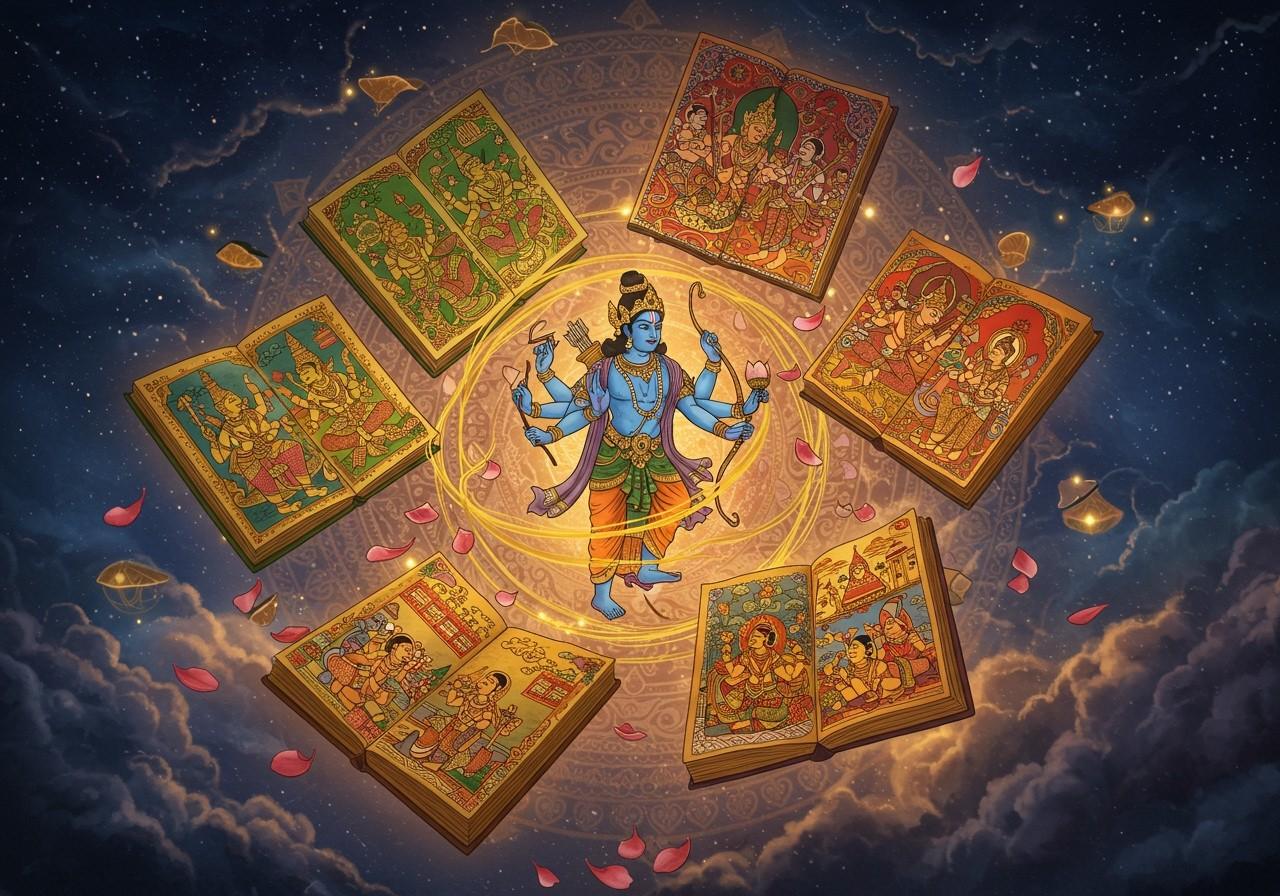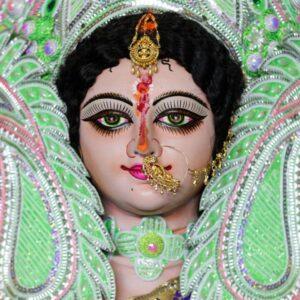
The Ramayana, an ancient Indian epic, narrates the tale of Prince Rama’s quest to rescue his wife Sita from the clutches of Ravana. This timeless story of heroism, duty, and devotion has transcended geographical boundaries and woven itself into the cultural fabric of diverse regions, particularly across India. This blog post delves into the various adaptations of the Ramayana, highlighting its significance and the unique variations that have emerged across different cultures, languages, and regions.
History and Origins
Traditionally attributed to the sage Valmiki, the Ramayana has been passed down through generations. The epic revolves around Prince Rama, his devoted wife Sita, his loyal brother Lakshmana, the unwavering Hanuman, and the antagonist Ravana. This narrative has profoundly impacted Indian culture, religion, and literature.
Key historical manuscripts and early translations have played a crucial role in preserving this timeless tale. Over time, regional versions of the Ramayana emerged, each adapting the story to local customs and cultural nuances.
The Ramayana’s Global Reach
The Ramayana’s influence extends far beyond India’s borders, resonating deeply within Southeast Asia. Here, the epic has been embraced and reinterpreted, incorporating local traditions and creating a tapestry of diverse adaptations. The search engine results highlight this widespread influence, emphasizing how the Ramayana has been adapted to reflect local cultures outside of India.
- Indonesia: The Kakawin Ramayana stands as a testament to the epic’s integration with Javanese culture and Hindu-Buddhist influences, blending poetry and prose.
- Thailand: The Thai Ramakien showcases the epic through a distinctly Thai lens, highlighting local culture, art, and mythology. Performances such as Khon, a masked dance, bring the Ramakien vividly to life.
- Cambodia: The Reamker intertwines with Khmer culture, often presented through traditional dance-dramas and puppet shows, emphasizing moral and spiritual teachings.
- Laos: The Phra Lak Phra Lam adds Laotian folklore and traditions to the epic narrative, playing a significant role in local festivals and rituals.
Beyond Hinduism: Jain and Buddhist Adaptations
The universal themes of the Ramayana have resonated with other faiths, including Jainism and Buddhism. These traditions offer unique interpretations, emphasizing moral and spiritual lessons.
- Jain Ramayana: This version aligns with Jain values, focusing on non-violence, spiritual teachings, and character portrayals that embody Jain ethics.
- Buddhist Ramayana: Buddhist interpretations center on compassion and wisdom, integrating Buddhist philosophy to provide a different perspective on the epic.
Modern Adaptations: Media and Artistic Expressions
The Ramayana’s enduring appeal continues to inspire adaptations in global media, ensuring its relevance for new generations.
- Films and Television: Movies and series like Ramanand Sagar’s “Ramayan” have brought the epic into homes worldwide, captivating audiences while staying true to the core narrative.
- Books and Graphic Novels: Contemporary authors and artists offer accessible translations and visually engaging formats, introducing the Ramayana to younger readers.
The epic also fuels various artistic expressions across cultures.
- Dance: From Bharatanatyam and Kathak to Southeast Asian dance forms, the Ramayana’s narrative is expressed through graceful movements and captivating performances.
- Music: Classical compositions, bhajans, and kirtans draw inspiration from the epic, creating a spiritual connection through melodic storytelling.
- Visual Arts: Murals, paintings, and sculptures depict scenes from the Ramayana, adorning temples and palaces with intricate artwork inspired by the epic.
Poojn.in: Supporting Your Ramayana Traditions
Poojn.in, India’s leading cultural goods and services store, offers a wide range of products to support your regional Ramayana traditions. We provide authentic puja items and materials specific to different cultural interpretations of the epic, helping you connect with your spiritual heritage.
Explore our Ramayana Collection at poojn.in
Find Authentic Puja Items at poojn.in
Preserving Cultural Heritage
The Ramayana’s adaptations play a vital role in preserving cultural heritage by incorporating local elements and traditions. These versions offer fresh perspectives while reinforcing a sense of identity and continuity.
- Festivals and Rituals: Regional adaptations are integral to festivals and rituals, connecting communities with their cultural roots and fostering shared experiences.
- Educational Value: Studying the diverse versions of the Ramayana provides insights into different cultures, promoting intercultural understanding and appreciation for shared values.
The Significance of Regional Adaptations
Comparing regional adaptations reveals insightful differences in storyline, characterization, and themes. Each version reflects its socio-cultural context, offering unique interpretations of the epic narrative.
- Kannada Version: Kumara Vyasa’s adaptation incorporates local traditions and linguistic nuances, influencing regional festivals and performing arts.
- Telugu Version: Telugu poets like Molla adapt the Ramayana to reflect regional customs and beliefs, with performances like Kuchipudi dance celebrating its themes.
- English Version: Translations by scholars like R.K. Narayan make the Ramayana accessible to a global audience, contributing to intercultural appreciation of Indian heritage.
Conclusion
The Ramayana’s journey through cultures, languages, and regions showcases its universal appeal and adaptability. Each version, while rooted in the original epic, adds unique flavors and traditions, enriching the overall narrative. From Southeast Asia to Jainism and Buddhism, the Ramayana continues to inspire with its timeless themes.
Learn More About Ramayana Characters and Life LessonsExplore Dharma in the RamayanaDiscover Timeless Lessons from the RamayanaLearn About the Women of the RamayanaExplore the Ramayana BridgeDiscover the Ramayana’s Influence on Indian CultureLearn About the Authorship of the RamayanaExplore the Cultural Impact of the RamayanaDiscover Ramayana FestivalsExplore Symbolism and Teachings in the RamayanaDiscover the History of the Ramayana

